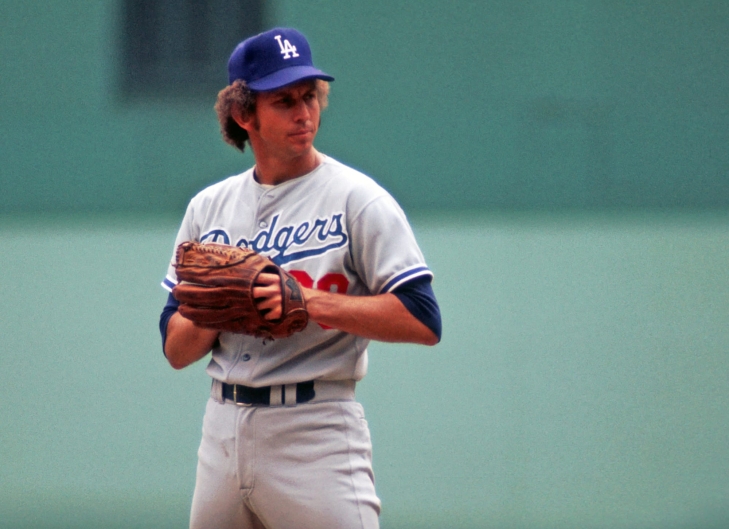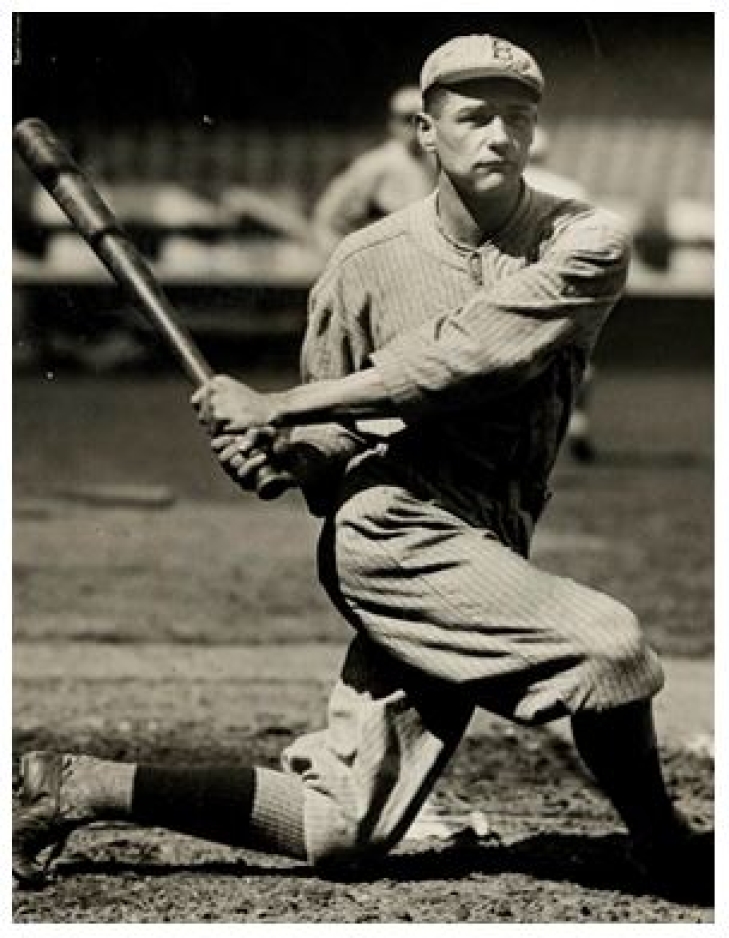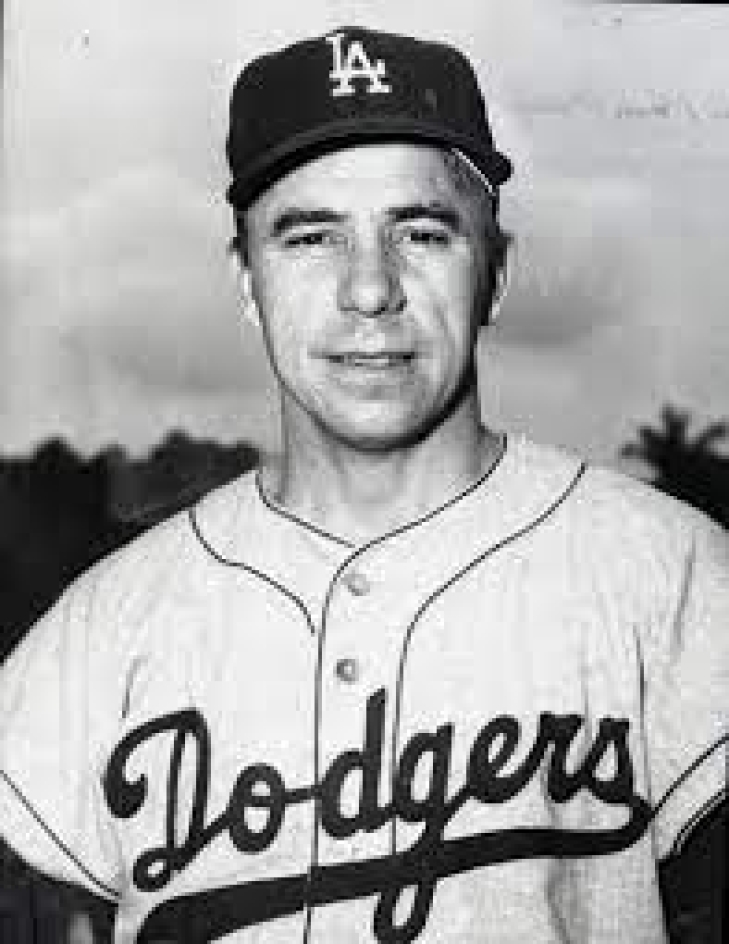
Committee Chairman
9. Don Sutton
Don Sutton might not have looked like an imposing figure on the mound, with his curly hair and friendly face, but he got a lot of players out, often vis three strikes.
Sutton debuted in 1966 for the Dodgers two years after he was signed, and he joined Los Angeles's Starting Rotation and proved immediately that he belonged. Playing 15 years with the Dodgers, Sutton never had less than 11 Wins in a season, at least 15 eight years in a row (1969-76), and a ninth one in 1978.
Sutton's best period was in the mid-70s, where from 1972 to 1976, he regularly finished in the top five in Cy Young voting and twice led the league in WHIP with one league lead in SO/BB. After his peak ended, Sutton was still among the better starters in the NL, and much of the success of Los Angeles in the late 70s stemmed from his work on the mound. A four-time All-Star, Sutton finally won the ERA Title in 1980, which would also be his last year with the Dodgers, as he signed with the Astros as a Free Agent.
Sutton entered the Baseball Hall of Fame in 1998 in his fifth year of eligibility. As per Dodgers tradition, they retired his number (20) that year. As of this writing, Sutton is still the franchise leader in Wins (233), Innings Pitched (3,816.1), Strikeouts (2,696), and Shutouts (52).
8. Zack Wheat
Zack Wheat was one of the top players for Brooklyn in the dead ball era, playing all but his last season in the Majors for Brooklyn.
Playing in the Outfield, Wheat first appeared for Brooklyn in 1909, becoming their starting Leftfielder the year after. Collecting 2,804 of his 2,884 Hits with the Dodgers, Wheat batted .317 for the team and was also a solid defensive player. Wheat regularly batted over .300, winning the 1918 Batting Title, and was the Slugging Champion in 1916.
Had Wheat played decades later in the Dodgers heyday, he would be more remembered in the baseball zeitgeist.
Wheat entered the Baseball Hall of Fame in 1959 through the Veteran’s Committee.
7. Pee Wee Reese
How do you not love somebody named Pee Wee Reese?
The Dodgers fans did, we do, and as of this writing, it is Reese who is the all-time franchise leader in bWAR for Position Players.
We bet that was a surprise!
Reese was coming up through the Red Sox system and should have been the heir apparent at Short for Boston. The problem was that Boston had Joe Cronin at that position, who was also the Manager, and he suggested that Reese be traded, which happened in the summer of 1939. Reese was called up to his new parent club, Brooklyn, the following year, and he broke through in 1942, making his first All-Star team while finishing first in Defensive bWAR.
Reese was one of the many American players to leave the game due to military service stemming from World War II. He came back better than ever in 1946, ascending back to the top of defensive infielders, but now he was a much better hitter. Reese was also a key figure in accepting Jackie Robinson, as Reese refused to sign a petition from other teammates to keep him from being called up. Not only would Reese and Robinson become friends, but his public displays of acceptance also showed the world that the Negro League players would be welcomed.
From 1946 to 1954, Reese was an All-Star, batting at least .260 and drawing a sizable amount of Walks. He was not a potent power hitter, but he could go deep, hitting 126 over his career, combined with excellent speed (232 Stolen Bases). The overall package gave Reese eight top-ten MVP finishes, peaking at fifth in 1949. Reese would help the Dodgers win the 1955 World Series, but age would reduce his effectiveness afterward, and he retired after the 1958 Season.
He retired with 2,170 Hits and batted .269. He would not enter the Baseball Hall of Fame until 1984 when it took the Veteran's Committee to select him. Los Angeles then retired his number 1.
2. Jackie Robinson
If this list were based purely on iconic stature, Jackie Robinson would be number one, and it wouldn't be close. The same would be true if we looked at importance. Saying that this is the Los Angeles Dodgers, one of the most successful teams in all of sports, and there are many Hall of Fame Dodgers who logged more playing time and compiled more stats than Robinson did while wearing the Dodger blue. This has to matter.
There is nothing we can write about Robinson that you have not heard before. Dodgers General Manager, Branch Rickey, wanted to break the color barrier and needed the right player to do it. He was a player who was not only great but could withstand the barrage of hatred coming his way. That man was Robinson.
After a year in the Minors to get him mentally ready, Robinson debuted for Brooklyn in 1947 at the age of 28. Robinson proved what Rickey already knew in that he was a five-tool player who could handle the mental stress of being the first black man in the Majors. Robinson won the Rookie of the Year and was entering his peak.
In 1949, Robinson again made history by becoming the first black player to win the MVP while also capturing the Batting Title. It was his only MVP, but he received MVP votes the next four years, and he never finished a year batting under .300 until 1955. Robinson had the power (137 HR) and the speed (197 SB), batted over .300 for his career, and was also one of the best defensive players of his day.
Robinson's age and injuries caught up with him in 1955, but his leadership skills were invaluable to a team that won the World Series that year. He retired after the 1956 season, which would essentially void a trade to the Giants, and his career ended as one of the most-known athletes of all time, a status still enjoyed today.
The Baseball Hall of Fame inducted Robinson in his first year of eligibility in 1962. Major League Baseball would later league-wide retire his number 42, the number that he will own forever.





